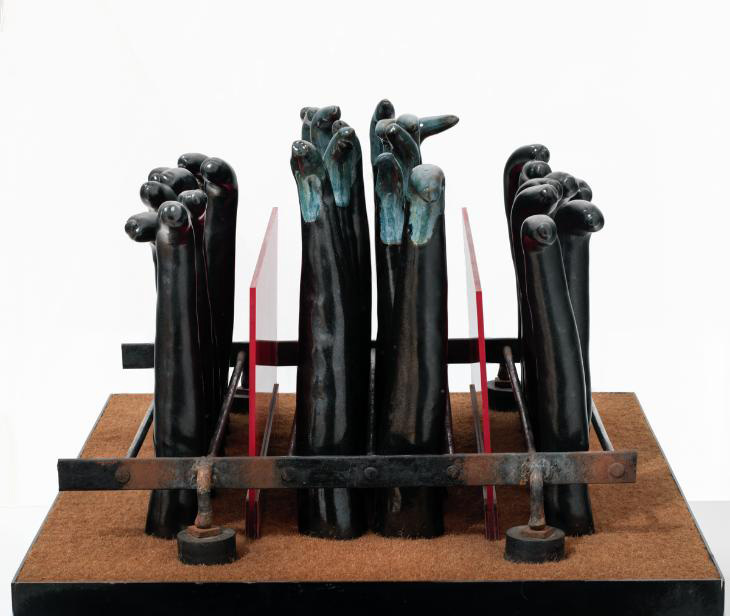 In a multicultural space such as ours, the world is at our doorsteps and in our backyards. A bit of Africa, granted we have lost specificity to the cultural retentions; a bit of India and China, and aspects of the indigenous cultures of what we lazily call the Americas survive. Of course, Europe is present.
In a multicultural space such as ours, the world is at our doorsteps and in our backyards. A bit of Africa, granted we have lost specificity to the cultural retentions; a bit of India and China, and aspects of the indigenous cultures of what we lazily call the Americas survive. Of course, Europe is present.
We are who we are because they were here.
We have inherited diversity, of thought and meaning given to the world, and in reinterpreting and presenting the world. Ultimately, we have diverse ways of feeding and nurturing the truly fundamental aspect of our beings, our souls. The arts of our diverse collective offer a beautiful array to excite the senses. However, it is truly unfortunate when as individuals and individual artists we are not allowed to pick and choose from our individual and our collective inheritances as we wish, modify and change as it satisfies us, and so live, create, and thrive. Instead, we are forced into the singularity of our dominant physical selves. Sometimes the result is laboured, efforts bogged down in ethnoracial specificity when our lived reality is a mosaic of sounds, smells, and tastes – curry and roti for lunch and cook-up for dinner; chutney and reggae wafting through the air on a festive Saturday night.

